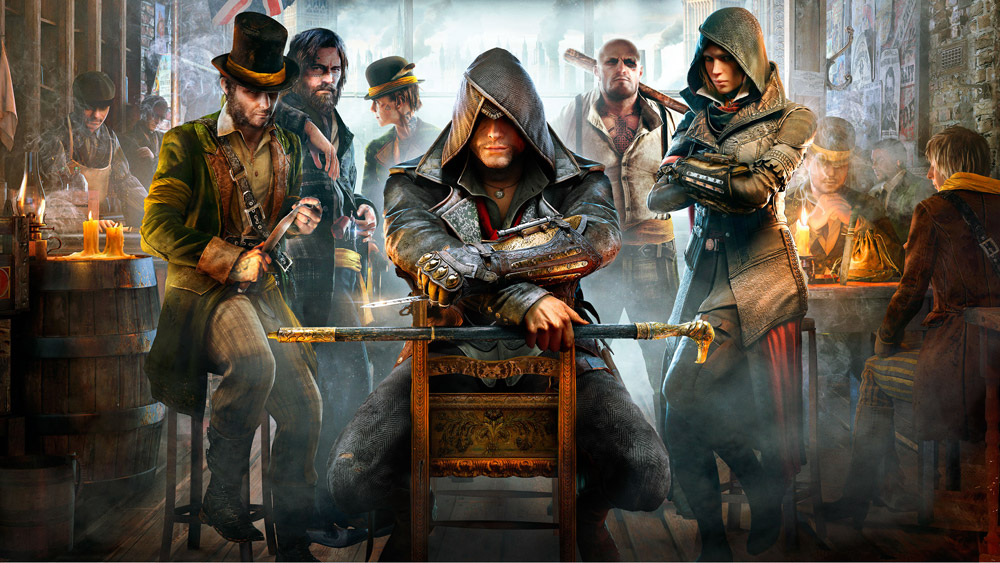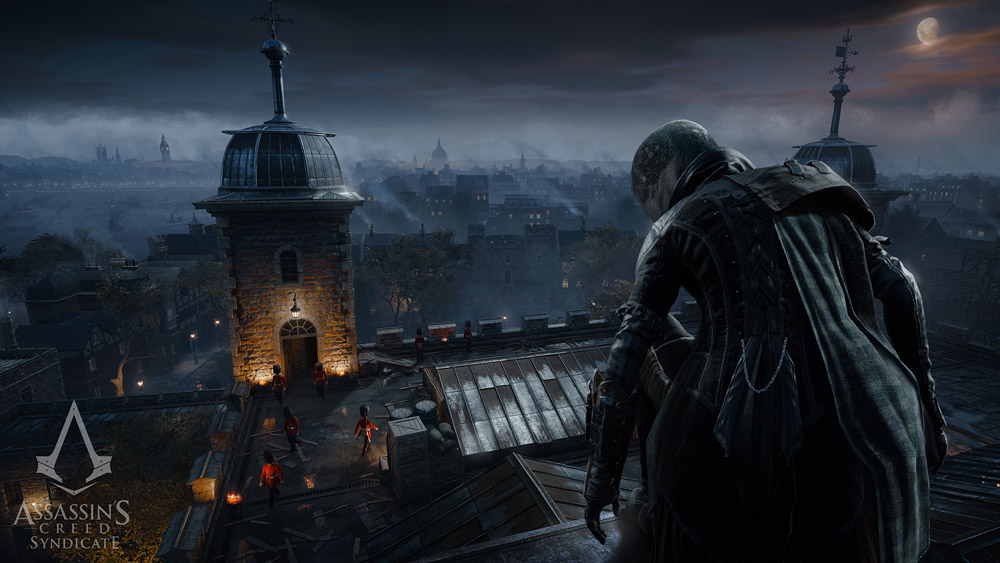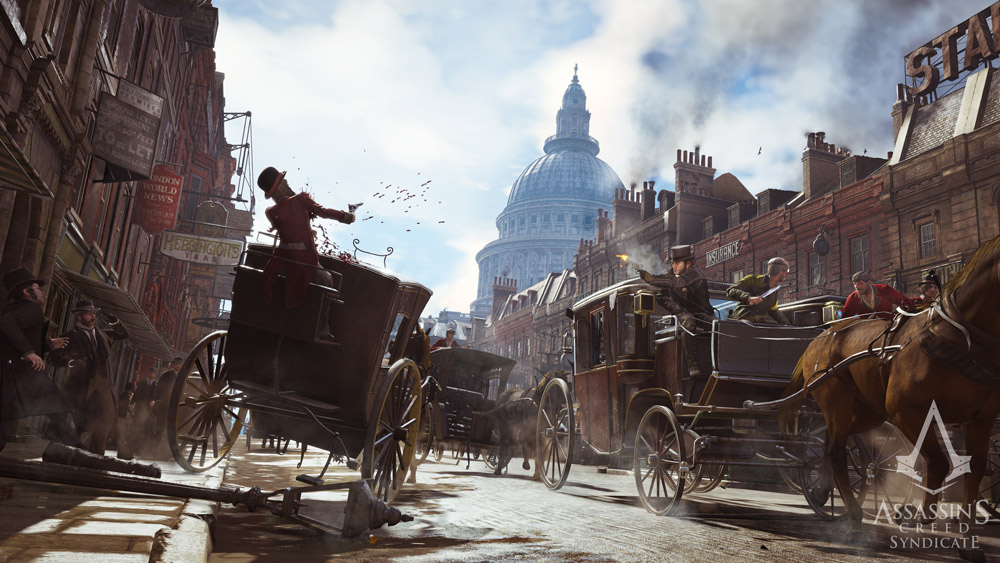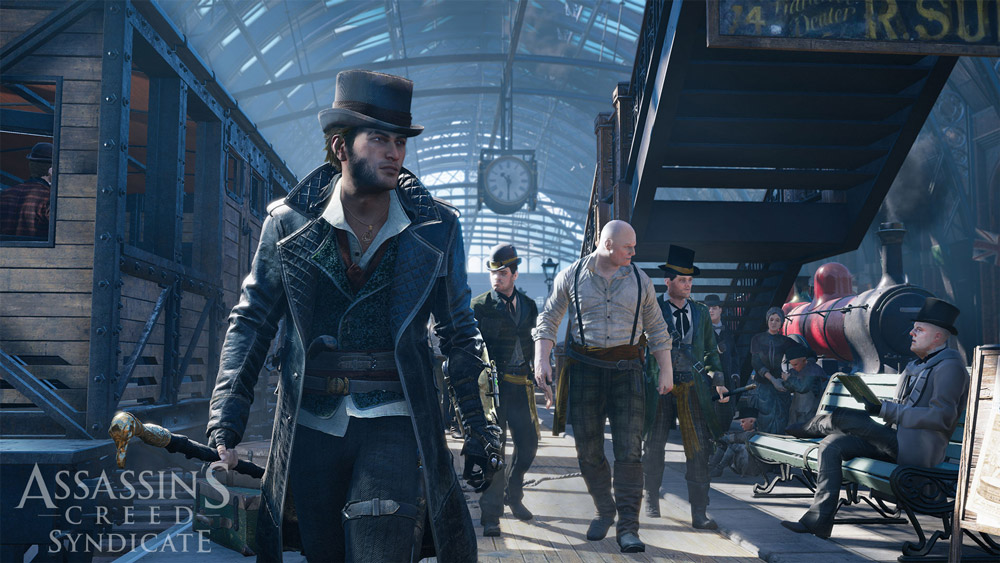TL;DR
Assassin's Creed: Syndicate takes players to Industrial Revolution London with a fresh grappling hook mechanic and dual protagonists, Jacob and Evie Frye. While it offers a more stable technical experience than Unity, with improved controls and fluid traversal, the city's visual grandeur doesn't quite match Paris. The gang warfare system adds a new layer, but the character differences between Jacob and Evie are subtle. Despite a slow start, the game delivers an enjoyable, polished experience that addresses past criticisms. Curious if this installment lives up to the series' potential? Dive into the full review to find out!
Similar to EA’s annual FIFA releases, Ubisoft has established Assassin’s Creed as a recurring franchise. The latest installment, Assassin’s Creed: Syndicate, presents itself as the most ambitious title in the series thus far. The critical question is whether this annual release cadence maintains the freshness and innovation expected by players.
The Assassin’s Creed series has explored numerous historical periods, consistently progressing towards more modern settings. Last year’s Assassin’s Creed: Unity, set during the French Revolution, earned a spot on our list of the best games of the year. Now, Assassin’s Creed: Syndicate transports players to late 19th-century England during the Industrial Revolution, incorporating elements of futuristic technology. A key innovation in this installment is the ability to freely switch between protagonists Jacob and Evie Frye. These twins, both assassins, navigate the game’s narrative while battling the Templars. New gameplay mechanics include gang warfare and the utilization of a grappling hook.
Jacob and Evie are siblings and highly skilled members of the Assassin Order. London is under the oppressive control of a Templar named Starrick, who has divided the city into territories managed by gangs and their respective leaders, serving as Templars of lower rank. After commandeering a train, the siblings establish a mobile base of operations, allowing them to upgrade their arsenal, accumulate resources, and undertake missions within each district. Completing these missions grants control over specific geographical areas. Gaining experience, acquiring relevant skills, and recruiting skilled gang members are crucial for engaging in gang wars against each district leader, reminiscent of the dynamics in Gangs of New York.
From a technical perspective, Assassin’s Creed: Syndicate demonstrates solid performance. The game features an intuitive tutorial system and easily navigable menus. The upgrade skill trees are also straightforward and understandable. London, a sprawling metropolis, offers a dynamic environment. While some may prefer the setting of Paris in Unity, this installment provides players with steam locomotives and horse-drawn carriages, allowing for transportation and traversal in a manner similar to Grand Theft Auto. A notable addition to the gameplay is the grappling hook, enabling rapid vertical movement and traversal between buildings, akin to Batman’s mobility. This feature saves time and opens up new avenues for strategic attacks from elevated positions.
The graphics in Assassin’s Creed: Syndicate are visually impressive, particularly the water effects (specifically the puddles) and the rendering of sunlight. The depiction of London in 1886, characterized by factories and emerging “modern” vehicles powered by steam, is well-realized. However, it lacks the visual splendor of Paris in Unity, and London’s architecture and landmarks are not as striking. On the other hand, the frame rate is noticeably improved and more stable compared to its predecessor. Although it does not consistently maintain 60 fps, it avoids the single-digit drops experienced in last year’s visually richer, yet technically weaker, title.
The controls and combat mechanics exhibit notable improvements. While not a simplistic button-mashing experience, the combat system allows players to master the timing of strikes, dodges, and defense breaks. Driving horse-drawn carriages introduces a fresh and enjoyable element, and the enhanced parkour system, facilitated by the grappling hook, makes traversing rooftops and streets more fluid. Throughout the game, players encounter historical figures such as Charles Darwin, Karl Marx, and Alexander Graham Bell. The narrative begins somewhat slowly, but it quickly gains momentum. While the overarching story and subplots of Unity may have been more compelling, Syndicate becomes increasingly engaging as the player progresses. The Industrial Revolution setting lends itself to steampunk themes, further explored in the available DLC. Given the prevalence of this aesthetic in titles like Dishonored and The Order: 1886, it lacks originality. A more compelling addition might have been a deeper exploration of the historical context, perhaps focusing on the prominent scientists of the era.
Ubisoft faced criticism for the absence of female assassins in Unity, a concern addressed in this installment. Jacob is portrayed as the brawny, adventurous type, while Evie is characterized as a stealth expert with a penchant for planning and intellectual pursuits. However, in practice, the differences between the two characters are subtle. Both can be upgraded in similar ways (with a few unique skills), and Evie, despite her stealth specialization, often feels like a more formidable warrior in close combat. The Assassin’s Creed series has historically included a disclaimer acknowledging the diverse religious backgrounds of the development team. Assassin’s Creed: Syndicate expands this statement to include “different religious beliefs, sexual orientation, and sexual identity.” This commitment to diversity is reflected in the inclusion of characters from various ethnic backgrounds and LGBTQ+ individuals. While diversity in narratives and games is commendable, the enemies, with the exception of female thugs, remain predominantly white, often overweight, and bald men. Future installments could benefit from broader representation across all character types.
Ubisoft also received considerable criticism regarding the prevalence of bugs in Assassin’s Creed: Unity. Glitches such as character models “exploding” and inconsistent frame rates prompted the release of free DLC as compensation. Assassin’s Creed: Syndicate demonstrates greater stability, with fewer graphical anomalies and a more consistent frame rate. While occasional instances of freezing and characters becoming stuck in the environment were observed, these issues did not significantly detract from the overall experience. However, it is worth noting that Syndicate features fewer non-player characters (NPCs) and smaller crowds compared to the depiction of revolutionary Paris in Unity, a factor to consider when comparing the two titles.
Overall, Assassin’s Creed: Syndicate proved to be a surprisingly enjoyable experience. While the annual release cycle and the initially slow narrative were potential concerns, the game ultimately emerges as one of the most polished and multifaceted entries in the series. Although the core concept may not be as novel as it was in the earlier installments, Ubisoft’s ability to deliver such expansive and ambitious sandbox games on a yearly basis is commendable, especially considering the distinct differences between each Assassin’s Creed title compared to franchises like NHL or FIFA. However, the sustainability of this annual release model and its ability to maintain player engagement remains a valid question. A shift towards a longer development cycle, perhaps releasing a more revolutionary title every two or three years, could potentially alleviate the pressure on the development team and result in a more polished and bug-free product.
Ultimately, if you are a fan of the Assassin’s Creed series and eager for further installments, Assassin’s Creed: Syndicate is a worthwhile addition to your collection, offering notable improvements and a compelling storyline.






